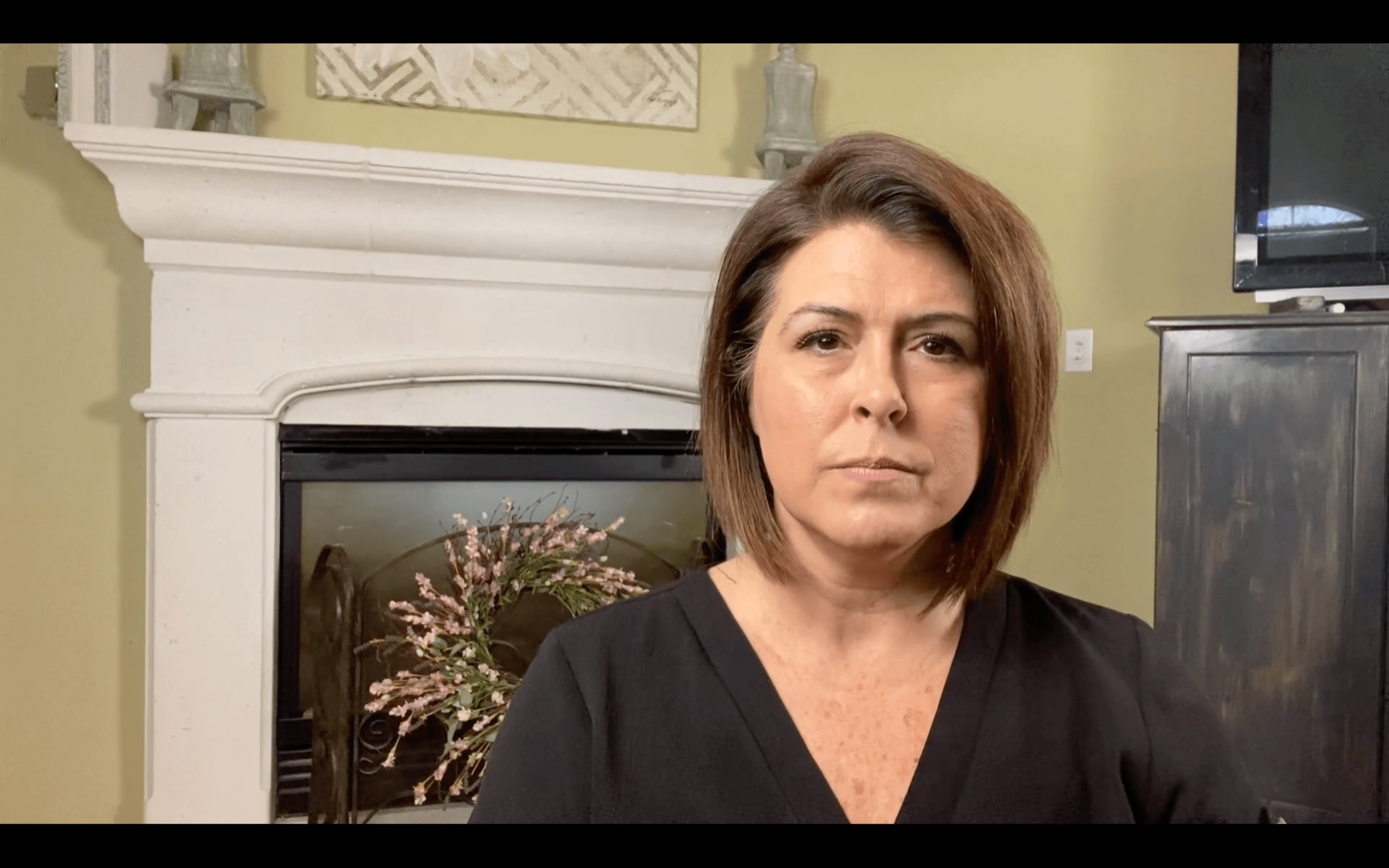Course Menu
-
Introduction
Course Outline
System Development
Understanding Fear Paralysis Reflex
Understanding Moro Reflex
Understanding Rooting Reflex
Understanding Babinski Reflex
Understanding Palmer Reflex
Understanding Spinal Galant Reflex
Understanding Tonic Labyrinthine Reflex (TLR)
Understanding Symmetrical Tonic Neck Reflex (STNR)
Understanding Asymmetrical Tonic Neck Reflex (ATNR)
-
Phase 1 Overview
Rhythmic Movement Training
Rooting Reflex Exercise
Palmar Reflex Exercise
Babinski Reflex Exercise
Spinal Galant Reflex Exercise
Moro Reflex Exercise
Optokinetic Reflex
Astronaut Training Slow
Wilbarger Brushing
Box Breathing
Hand Pulls
Meatball
Smooth Pursuits
Supine Rocking
1/2 Superman
Snow Angel
Balanced Brain ~ Thriving Child
Kim Lowack
Box Breathing

Box Breathing
Equipment: sitting down anywhere
Technique:
- Breathing in for a count of 4 through the nose (smell the roses)
- holding the breath for a count of 4
- blow air out for a count of 4 (blow out the candles)
- rest for a count of 4
- closing the eyes is helpful to speed calming once the technique is mastered
Frequency:
- 1-2 x daily or as needed
- repeat the box 5-6 x or more as needed until the body calms itself
- once you have established this routine and the child can complete this independently and accurately, you can move this to an as-needed basis and move on to the next exercise in the series.
Lowers stress
The biggest benefit of box breathing is relaxation, especially in times of stress. Studies show that regulating your breath can lower levels of the stress hormone cortisol and maybe even help lower blood pressure.
Activates the parasympathetic nervous system
In times of stress, your sympathetic nervous system is on high alert. Box breathing can help you move out of that state by tapping into the bodily system responsible for rest and digestion — the parasympathetic nervous system. The parasympathetic nervous system is the opposite of the sympathetic nervous system, otherwise known as “fight or flight.”
When we’re anxious, we breathe shallowly and quickly, which actually creates more anxiety within our bodies. We can use breathwork to move out of the fight-or-flight state and into that parasympathetic nervous system
Audio and Sound for coordination of box breathing
